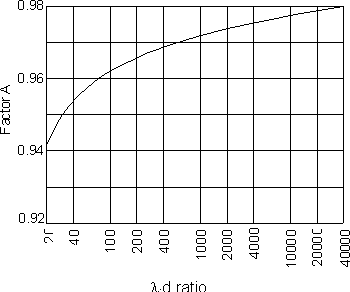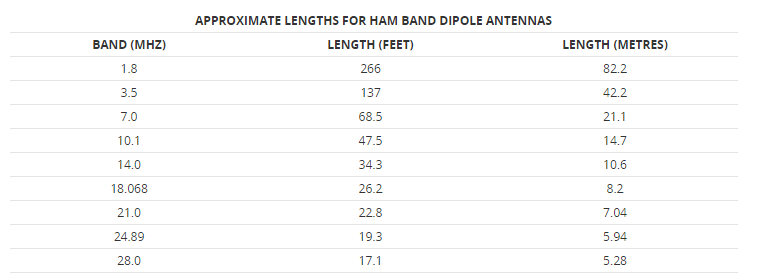Products Category
- FM Transmitter
- 0-50w 50w-1000w 2kw-10kw 10kw+
- TV Transmitter
- 0-50w 50-1kw 2kw-10kw
- FM Antenna
- TV Antenna
- Antenna Accessory
- Cable Connector Power Splitter Dummy Load
- RF Transistor
- Power Supply
- Audio Equipments
- DTV Front End Equipment
- Link System
- STL system Microwave Link system
- FM Radio
- Power Meter
- Other Products
- Special for Coronavirus
Products Tags
Fmuser Sites
- es.fmuser.net
- it.fmuser.net
- fr.fmuser.net
- de.fmuser.net
- af.fmuser.net ->Afrikaans
- sq.fmuser.net ->Albanian
- ar.fmuser.net ->Arabic
- hy.fmuser.net ->Armenian
- az.fmuser.net ->Azerbaijani
- eu.fmuser.net ->Basque
- be.fmuser.net ->Belarusian
- bg.fmuser.net ->Bulgarian
- ca.fmuser.net ->Catalan
- zh-CN.fmuser.net ->Chinese (Simplified)
- zh-TW.fmuser.net ->Chinese (Traditional)
- hr.fmuser.net ->Croatian
- cs.fmuser.net ->Czech
- da.fmuser.net ->Danish
- nl.fmuser.net ->Dutch
- et.fmuser.net ->Estonian
- tl.fmuser.net ->Filipino
- fi.fmuser.net ->Finnish
- fr.fmuser.net ->French
- gl.fmuser.net ->Galician
- ka.fmuser.net ->Georgian
- de.fmuser.net ->German
- el.fmuser.net ->Greek
- ht.fmuser.net ->Haitian Creole
- iw.fmuser.net ->Hebrew
- hi.fmuser.net ->Hindi
- hu.fmuser.net ->Hungarian
- is.fmuser.net ->Icelandic
- id.fmuser.net ->Indonesian
- ga.fmuser.net ->Irish
- it.fmuser.net ->Italian
- ja.fmuser.net ->Japanese
- ko.fmuser.net ->Korean
- lv.fmuser.net ->Latvian
- lt.fmuser.net ->Lithuanian
- mk.fmuser.net ->Macedonian
- ms.fmuser.net ->Malay
- mt.fmuser.net ->Maltese
- no.fmuser.net ->Norwegian
- fa.fmuser.net ->Persian
- pl.fmuser.net ->Polish
- pt.fmuser.net ->Portuguese
- ro.fmuser.net ->Romanian
- ru.fmuser.net ->Russian
- sr.fmuser.net ->Serbian
- sk.fmuser.net ->Slovak
- sl.fmuser.net ->Slovenian
- es.fmuser.net ->Spanish
- sw.fmuser.net ->Swahili
- sv.fmuser.net ->Swedish
- th.fmuser.net ->Thai
- tr.fmuser.net ->Turkish
- uk.fmuser.net ->Ukrainian
- ur.fmuser.net ->Urdu
- vi.fmuser.net ->Vietnamese
- cy.fmuser.net ->Welsh
- yi.fmuser.net ->Yiddish
How to Calculate the length of The Dipole Antenna: calculation & formula

Do you really know how to calculate the length of the antenna? Here are Notes and details from FMUSER about the dipole antenna length calculation & formula for a half wave dipole.
The length of a dipole is the main consideration for determining its operating frequency, and as a result, calculating the length is a key element of designing and installing any dipole antenna whether for HF, VHF, or UHF, etc..
Most dipole antennas are a half wavelength long, and accordingly it is often necessary to calculate the physical length of a half wavelength dipole antenna.
However the physical dipole length is not exactly the same as the electrical wavelength in free space - it is slightly shorter, and it is often necessary to calculate the dipole length as best as possible.

Current and voltage waveforms on a half wave dipole showing the need to calculate the antenna length
Although the antenna may be an electrical half wavelength, or multiple of half wavelengths, this physical length is not exactly the same as the wavelength for a signal travelling in free space.
There are several reasons for this and it means that an antenna will be slightly shorter than the length calculated for a wave travelling in free space as a result of what is lightly termed the "End Effect."
The end effect results from the fact that the antenna is normally operating surrounded by air, and the signal is travelling in a conductor which is of finite length. More specifically, the antenna end effect results from a decrease in inductance and an increase in capacitance towards the end of the antenna conductor. This serves to effectively lengthen the antenna.

For a half wave dipole the length for a wave travelling in free space is calculated and this is multiplied by a factor "A". Typically it is between 0.96 and 0.98 and is mainly dependent upon the ratio of the length of the antenna to the thickness of the wire or tube used as the element. Its value can be approximated from the graph:
Factor A used for calculating the length of a dipole

Multiplication factor "A" used for calculating the length of a dipole
This makes an accurate length calculation difficult if not impossible to make under practical conditions. Accordingly, it is usual practice to determine the most likely length for the antenna, cut it a little longer than is expected and then check the characteristics of the antenna experimentally, altering the physical length as necessary.
Dipole length formula
It is quite easy to calculate the length of a half wave dipole using the simple formulae given below. Two versions are given for this length calculation – one using the length in metres and the other for the length in inches.

The calculations from these formulas give a good starting point for determining the length of a dipole antenna. However factors like the proximity of the ground and other nearby objects as mentioned above also have a significant impact on the length and it is not easy to determine these beforehand.

It is best to trim the antenna length in small steps because the wire or tube cannot be replaced very easily once it has been removed.
Computer simulation programmes are normally able to calculate the length of a dipole very accurately, provided that all the variables and elements that affect the operation of the dipole can be entered accurately so that the simulation is realistic and therefore accurate.
The major problem is normally being able to enter the real-life environmental data accurately to enable a realistic simulation to be undertaken.
Antenna lengths for popular ham radio bands
Dipole antennas are used in many areas and applications. One of the main areas where home built antennas are required is within ham radio. Wire dipole antennas are often constructed and erected to provide an antenna for a particular band or sometimes bands.
In order to have an idea of the lengths required for half wave dipoles, the lengths widely used are given in the table.

It is relatively easy to calculate the length of an antenna in theory. In practice, many other factors have a major impact on the length. Many antenna design programmes will help reduce the errors, but in practice, it is difficult to predict the effect of buildings, trees and the general topology of the earth and ow these factors will affect the antenna. It is always best to calculate the dipole length as best as possible and ten adjust for optimum performance in situ.
If you want to purchase any live streaming sets or FM/TV equipments, please feel free to contact us by Email: [email protected].
You may also like
What is Half Wave Dipole Antenna / Aerial
How to make the simple DIY FM dipole antenna design
FU-DV2 High Gain FM Dipole Antenna+20m SYV-50-7 Feeder Cable
DP100 1/2 Wave FM Dipole Antenna+Cable

